#Apollo program
Text

Preparations for Apollo Transonic Abort flight (A-001), using Apollo boilerplate 12 spacecraft.
NASA ID: BP12-A-NOID
#A-001#BP-12#Little Joe II#launch escape system#LES#Rocket#NASA#Apollo Program#Abort Test#Boiler#1964#construction#White Sands Missile Range#White Sands#New Mexico#my post
15 notes
·
View notes
Text

Margaret Hamilton, Director of the Apollo project Software Engineering Division, with a stack of papers containing the code to the Apollo Guidance Computer navigation software. The software that on this day, in 1969, guided Neil Armstrong and Buzz Aldrin when they landed on the Moon.
3K notes
·
View notes
Text

If you pick a low enough orbit, it gives you a lot of freedom to use a lightweight launch vehicle such as a stepladder.
Moon Landing Mission Profiles [Explained]
Transcript Under the Cut
[Four diagrams of potential ways to achieve a moon landing shown.]
Lunar orbit rendezvous
Spacecraft orbits Moon, drops lander
Chosen by the Apollo program
Earth orbit rendezvous
Large lander assembled in Earth orbit via several launches, travels to Moon
Rejected for requiring multiple Saturn Vs per landing and potentially taking longer
Direct ascent
Lander launched from Earth directly to Moon
Rejected for requiring an unreasonably large rocket
Lunar Earth rendezvous Moon transits to rendezvous with spacecraft in low Earth orbit
Rejected because I guess no one thought of it?!
446 notes
·
View notes
Text

Apollo 16 rollout attracts a crowd at the Vehicle Assembly Building, 9 February 1972.
875 notes
·
View notes
Text
I love Apollo 8 because not only was it like a monumental human achievement to orbit the moon but also they took like 800 photos and they’re all absolutely stunning



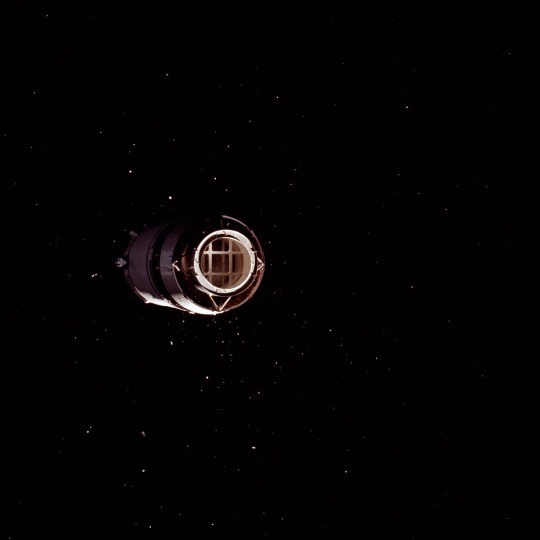
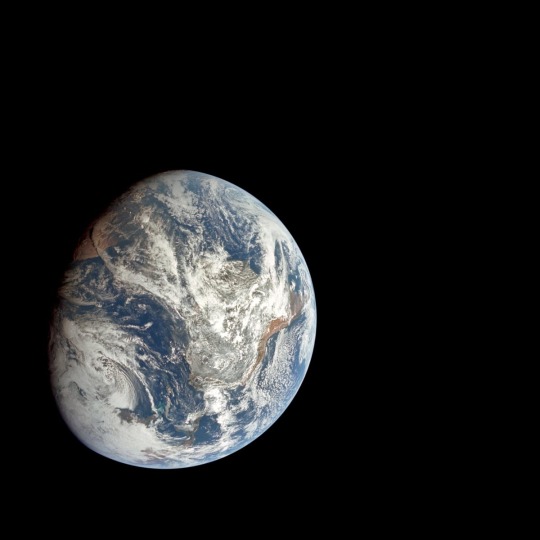
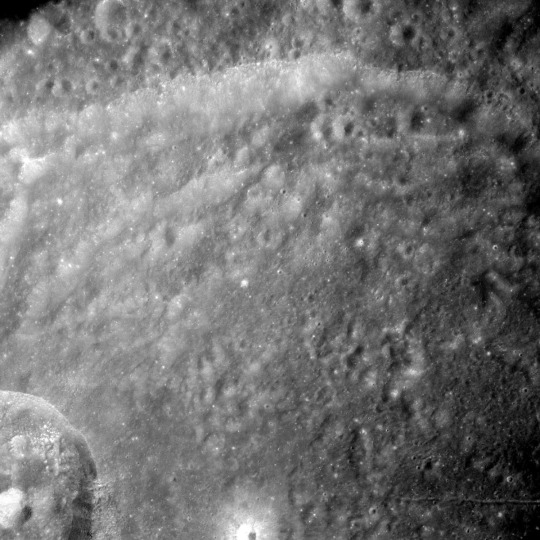


What a beautiful world we share
400 notes
·
View notes
Text
So considering that it’s the 54 anniversary of the moon landing I thought I’d share one of my favorite bits of trivia about the mission (along with a bit of a shitpost). So the first every liquid to be poured on the moon was actually whine as Buzz Aldrin took communion in the lunar module (the bread and whine were blessed a few days beforehand by a priest). Buzz wanted to broadcast the ceremony back to earth but decided not to at the request of Deke Slayton because of the controversy surrounding the reading of the book of genesis on Apollo 8.
Here’s where the shitposting comes in: According to Catholics (and other religions sects that believe in transubstantiation) believe that during communion the bread and whine literally becomes the body and blood of Christ. Which is why imho (despite not being religious in any way) it is perfectly accurate to say that Jesus Christ has landed on the moon
#shitpost#apollo program#space#moon landing#please do not take this seriously#Buzz Aldrin is a presbyterian iirc#it’s still funny tho imho#checkmate atheists
468 notes
·
View notes
Text

The view ain’t all that bad. Apollo 9 astronaut David Scott takes it all in in this epic photograph by crewmate Rusty Schweickart, March 1969. The 10-day mission commanded by James McDivitt saw the first crewed flight of the Lunar Module.
#apollo 9#astronauts#nasa#space travel#the earth#astronaut#space exploration#vintage space#space age#apollo program#historic#space#space race#nasa astronauts#nasa photos#nasa picture of the day#space program#1960s#1969#outer space
208 notes
·
View notes
Text
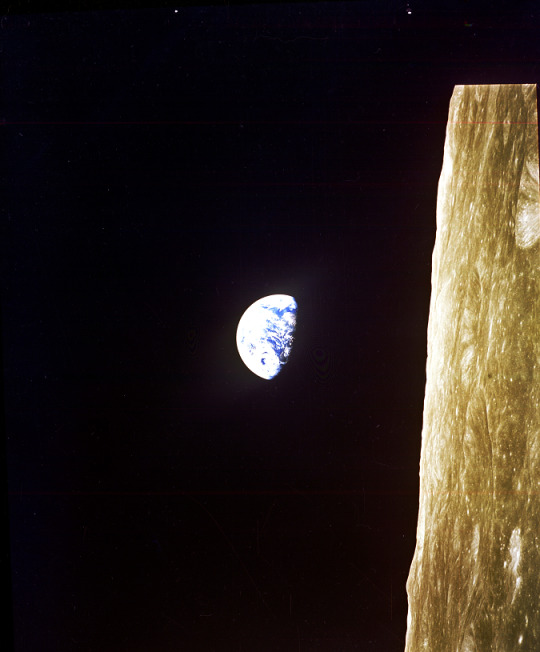
Rising Earth Greets Apollo VIII Astronauts
Record Group 306: Records of the U.S. Information AgencySeries: Master File Photographs of U.S. and Foreign Personalities, World Events, and American Economic, Social, and Cultural Life
This image is a color photograph of earth from lunar orbit. The surface of the moon appears on the right edge of the image. To the left, the earth appears to be floating in the blackness of space. Just over half of the earth is visible, the rest is in shadow.
#archivesgov#December 29#1968#Apollo 8#apollo program#nasa#nasa photos#space#space exploration#moon#1960s
163 notes
·
View notes
Text
does it ever drive you crazy

just how fast the night changes
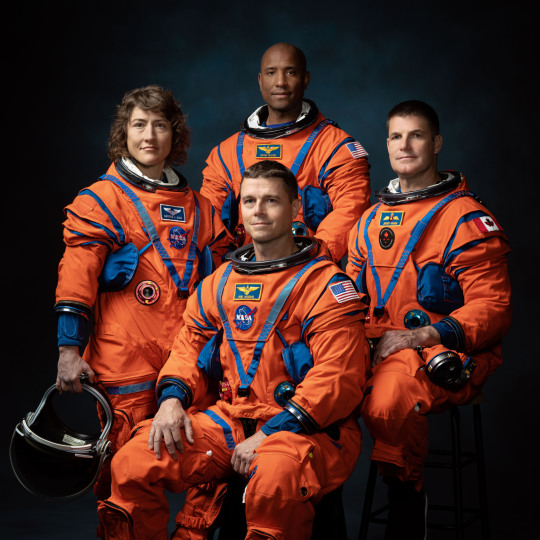
#nasa#space#science#astronomy#moon mission#moon#lunar mission#space exploration#apollo#apollo program#artemis#artemis 2#apollo 8#artemis II#jim lovell#bill anders#frank borman#christina koch#reid wiseman#victor glover#jeremy hansen
604 notes
·
View notes
Text

The picture of earth from space that we will rarely be shown
#earth#nasa#space#spcae program#apollo program#vieformidable#design#architecture#interior design#photography#art#fashion#foodporn#interiordesign#israel#solar system#planets#3rd rock from the sun#water planet#hubble#hubble space telescope#hubble telescope#edwin hubble#astrophotography#color photos#color photography#nature#natural
126 notes
·
View notes
Text
Happy Earth Day from the Moon



comic by zen pencils: "Neil Armstrong: A giant among men"
"It suddenly struck me that that tiny pea, pretty and blue, was the Earth. I put up my thumb and shut one eye, and my thumb blotted out the planet Earth. I didn’t feel like a giant. I felt very, very small."
- Neil Armstrong
60 notes
·
View notes
Text
The original Moon landing sites
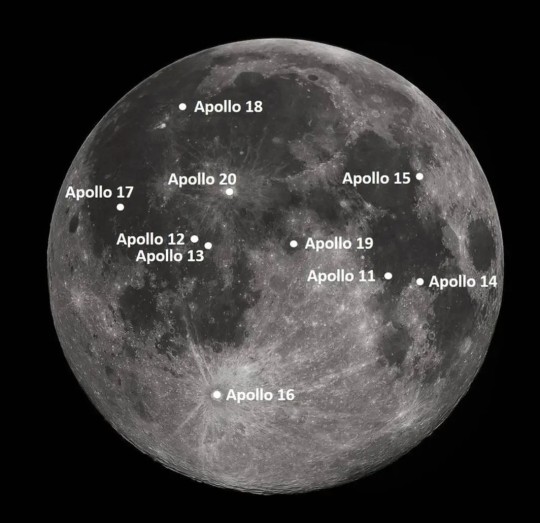
"NASA contracted to have 15 flight-worthy Saturn V rockets produced. Apollo 11 achieved the first landing with the sixth Saturn V, leaving nine for follow-on landings. The following landing sites were chosen for these missions, planned to occur at intervals of approximately four months through July 1972."
Note: I've updated this list with the original tentative planned launch dates.
G-type Mission
Apollo 11: (G) Mare Tranquillitatis, July 1969
H-type missions
Apollo 12: (H1) Ocean of Storms (Surveyor 3 site), November 1969
Apollo 13: (H2) Fra Mauro Highlands, March 1970
Apollo 14: (H3) Littrow Crater, July 1970
Apollo 15: (H4) Censorinus Crater, November 1970
J-type missions, the extended stay missions
Apollo 16: (J1) Descartes Highlands or Tycho Crater (Surveyor 7 site), April 1971
Apollo 17: (J2) Marius Hills or Marius Hills volcanic domes, September 1971
Apollo 18: (J3) Copernicus crater or Schröter's Valley or Gassendi crater, February 1972, later July 1973
Apollo 19: (J4) Hadley Rille, July 1972, later December 1973
Apollo 20: (J5) Tycho Crater or Copernicus Crater or Marius Hills, December 1972, later July 1974
As we all know, plans were changed and missions were cancelled. But it's nice to see what was initially planned.
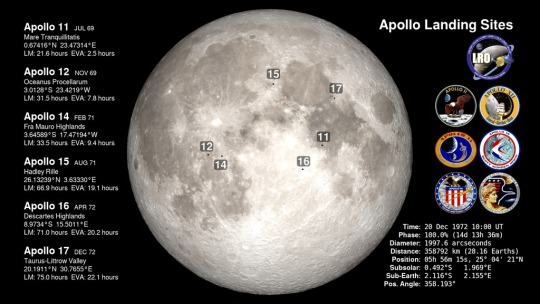
To compare with the actual landing sites and dates:
Apollo 12: (H1) Ocean of Storms (Surveyor 3 site), November 1969
Apollo 13: (H2) never landed, April 1970
Apollo 14: (H3) Fra Mauro, January-February 1971
Apollo 15: (J1) Hadley–Apennine, July-August 1971
Apollo 16: (J2) Descartes Highlands, April 1972
Apollo 17: (J3) Taurus–Littrow, December 1972
NASA ID: link, link
Information from Astronautix: link
Information from Wikipedia: link
#Apollo 11#Apollo 12#Apollo 13#Apollo 14#Apollo 15#Apollo 16#Apollo 17#Apollo 18#Apollo 19#Apollo 20#NASA#Apollo Program#Moon#Moon landing#Lunar Module#cancelled#G-type Mission#H-type mission#J-type mission#Cancelled Mission#my post
436 notes
·
View notes
Text

Apollo 16: back side of the Moon (April 18, 1972)
#apollo missions#apollo program#apollo 16#astronomy#krakenmare#solar system#astrophotography#outer space#thank you nasa#nasa#space#moon
122 notes
·
View notes
Text

Timeline of the lives of everyone who has walked on the moon.
by u/emsot
57 notes
·
View notes
Text

Boys in Virginia watch the Apollo 8 broadcast from the Moon, December 24, 1968.
520 notes
·
View notes
Text

Margaret Hamilton, Apollo Guidance Computer source code, 1969
VS
Bruno Rainaldi, Sapiens, Sintesi | BBB Italia, 2003
#Margaret Hamilton#nasa#code#apollo 11#moon#apollo program#spaceflight#moon landing#sintesi#sapiens#bruno rainaldi#book#bookcase#bookshelf#bookshelves#design#made in italy#italian design#BBB Italia
108 notes
·
View notes